Kusu Island is a soothing place situated off the southern coast of Singapore. Famous for its rich cultural heritage and peaceful beaches, The island attracts both tourists and locals. The island’s name Kusu translates to “Tortoise” in Chinese, highlighting its legends and historical importance. Visitors can explore its sacred sites, enjoy exciting activities, and relax in its serene atmosphere. This guide covers all essential details about the Island, including its location, travel tips, must-visit attractions, accommodation, dining options, and the ideal times to plan your visit.
Location
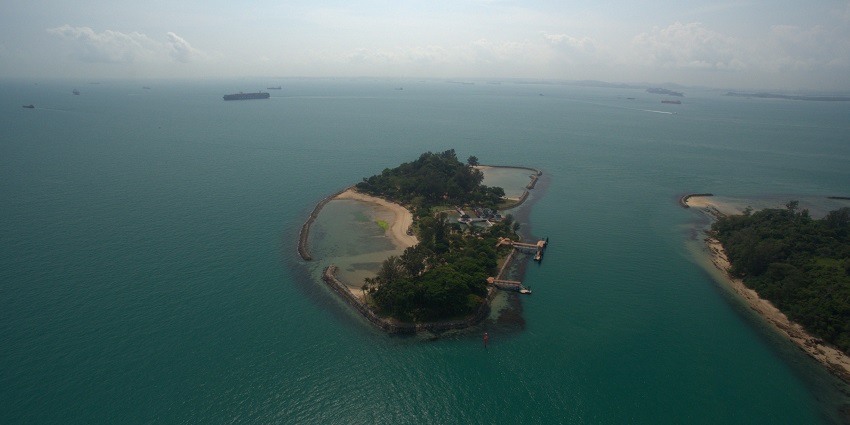
Photo: Wanderingchina / Wikimedia Commons
The Island is situated approximately 5.6 kilometers south of Singapore. It is part of the Southern Islands, a group of small islands located off the southern coast. The island is easily accessible from the mainland. The island covers an area of about 8.5 hectares, offering visitors a peaceful retreat surrounded by natural beauty and cultural landmarks.
Suggested Read: Islands Near Singapore
How To Reach
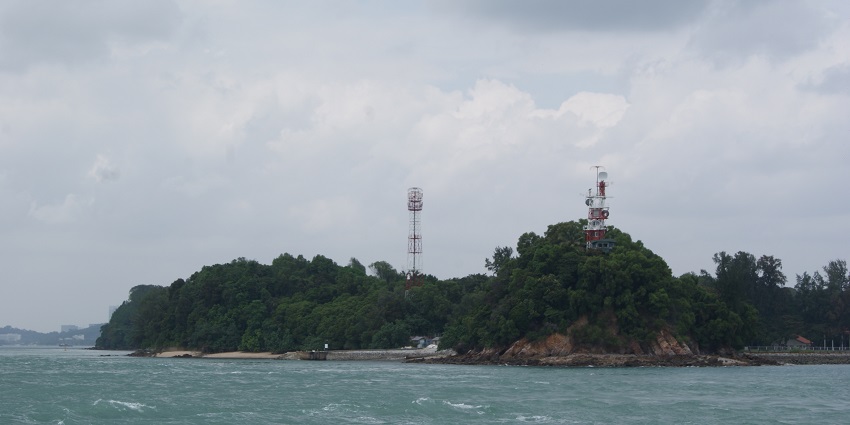
Photo: Jacklee / Wikimedia Commons
Reaching the island is easily accessible by ferry, which is the primary mode of transportation.
By Ferry: Regular ferries operate from Marina South Pier to the island. The ferry ride takes approximately 30 minutes and offers scenic views of Singapore’s skyline and the surrounding islands.
Places To Visit Around
The island boasts a variety of attractions, each offering unique experiences for visitors.
1. Tortoise Sanctuary
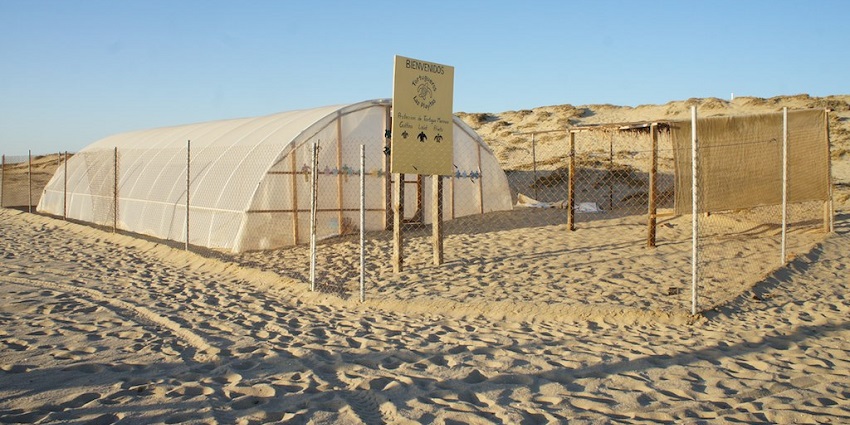
Photo: Andrea Tosatto / Wikimedia Commons / Image For Representation Only
The Tortoise Sanctuary is one of the main attractions on the island, home to numerous tortoises. Visitors can observe these gentle creatures up close and learn about their habitat and conservation. The sanctuary provides a tranquil environment where tortoises roam freely.
Timings: 9 AM – 6 PM
Cost/Person: Free
Suggested Read: Things To Do In Singapore
2. Kusu Island Temple
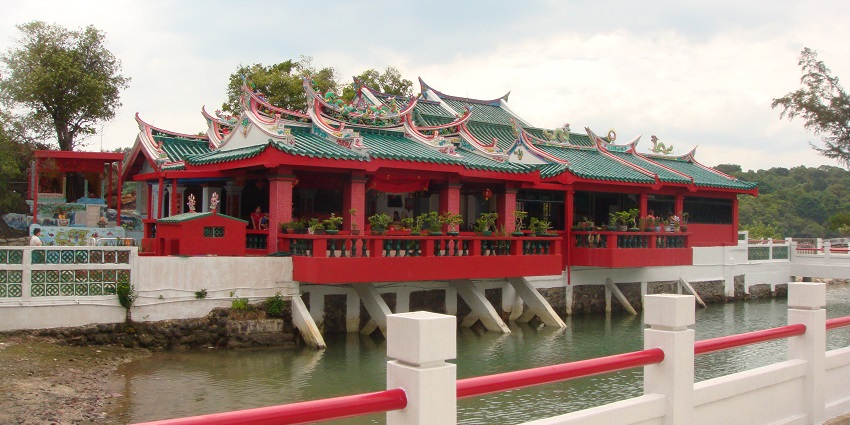
Photo: Thaejas / Wikimedia Commons
The Kusu Island Temple is a major cultural landmark, consisting of a Chinese temple dedicated to the Taoist deities Da Bo Gong and Guan Yin. Pilgrims visit the temple annually to pay their respects and seek blessings. The temple’s structure is beautifully decorated and offers a serene environment for meditation and prayer.
Timings: 8:30 AM – 5 PM
Cost/Person: Free
3. Malay Shrine
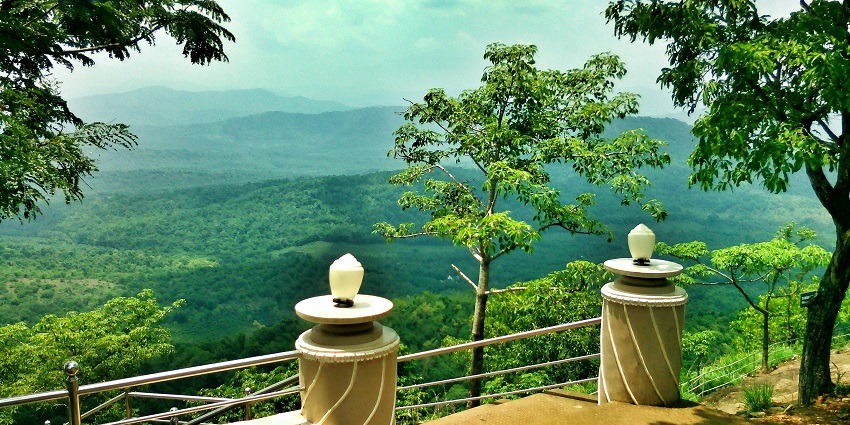
Photo: Redeemer sjr / Wikimedia Commons / Image For Representation Only
The Malay Shrine, or Kramat, is located on a hilltop and is dedicated to three Malay saints. Visitors must climb 152 steps to reach the shrine, which offers panoramic views of the island and surrounding waters. The shrine is an important site for Malay pilgrims, especially during the annual Kusu pilgrimage.
Timings: 9 AM – 6 PM
Cost/Person: Free
Suggested Read: Beaches In Singapore
Where To Stay

Photo: Basile Morin / Wikimedia Commons / Image For Representation Only
While Kusu does not have accommodation facilities, visitors can stay in nearby Singapore, which offers a wide range of options to suit all budgets and preferences. From luxury hotels to budget-friendly hostels, there is something for everyone. Popular areas to stay include Marina Bay, Orchard Road, and Sentosa Island. These locations provide easy access to Marina South Pier, where ferries to Kusu Island depart. It is advisable to book accommodation in advance, especially during peak tourist seasons.
Where To Eat
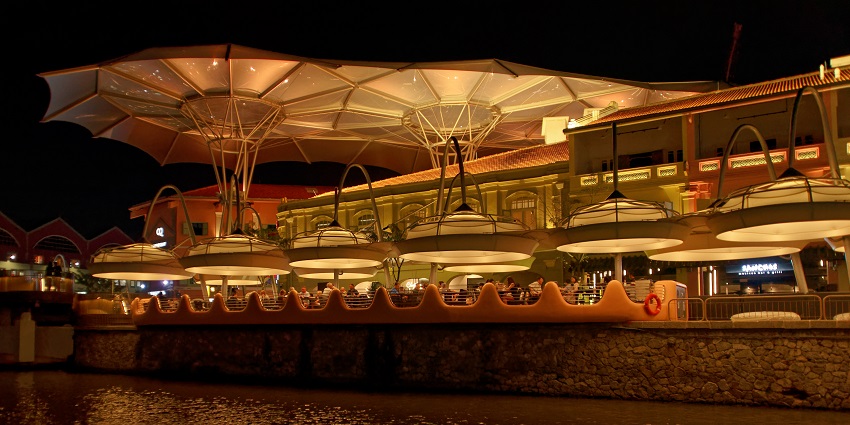
Photo: Jakub Hałun / Wikimedia Commons
The Island does not have restaurants or food stalls, so visitors are encouraged to bring their own food and drinks. Picnic areas with shelters and barbecue pits are available for use. For dining options, visitors can explore the diverse culinary places in Singapore, which offer a variety of cuisines ranging from local hawker fare to international gourmet dining. Popular food districts include Chinatown, Little India, and Clarke Quay, where visitors can enjoy a wide range of delicious dishes.
Suggested Read: Hiking In Singapore
The Best Time To Visit
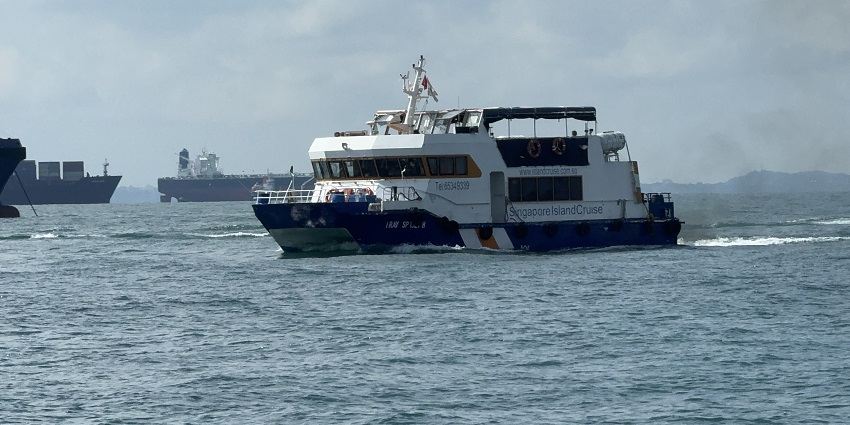
Photo: LN9267 / Wikimedia Commons / Image For Representation only
The best time to visit Kusu is during the dry season, from February to October, when the weather is warm and sunny. During this period, outdoor activities such as beach outings, picnics, and sightseeing are most enjoyable. The monsoon season, from November to January, brings heavy rains and strong winds, which may disrupt ferry services and outdoor plans. The annual Kusu Pilgrimage, which takes place in the ninth lunar month (usually October), is an important event that attracts many visitors, making it an exciting time to visit the island.
Other Factors To Consider
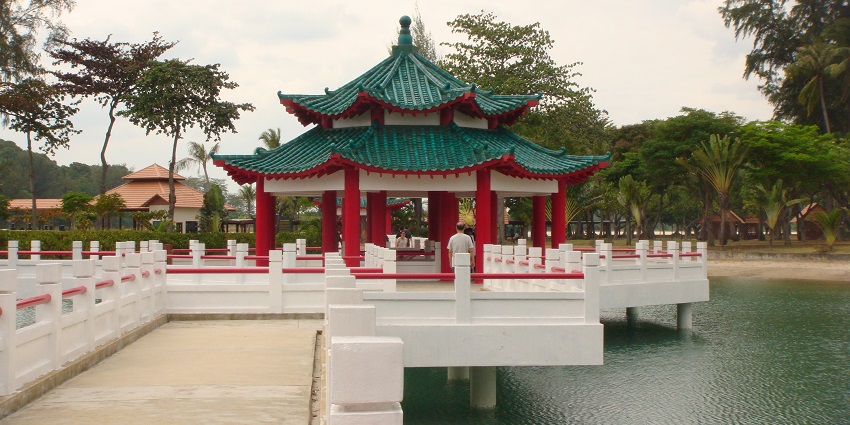
Photo: Thaejas / Wikimedia Commons
Average Cost Of The Trip
The main expenses involve ferry tickets and any food and beverages brought for a picnic. Ferry tickets typically cost around SGD 18–20 for a round trip. Visitors should also budget for accommodation and dining in Singapore, where costs vary depending on the chosen options. On average, a day trip to the island, including transportation and meals, can cost around SGD 50 – 100 per person.
Tips For Travelers
- Pack light and comfortable clothing suitable for tropical weather.
- Don’t forget essentials like sunscreen, insect repellent, and a reusable water bottle.
- Bring your own food and drinks, as there are no dining facilities on the island.
- It is also important to plan your trip in advance, including checking ferry schedules and weather forecasts, to ensure a smooth and enjoyable experience.
- Lastly, take the time to explore the island’s natural beauty and cultural heritage for a memorable visit.
Suggested Read: Places To Visit In Singapore For Couples
The Island offers a unique blend of natural beauty, cultural heritage, and peacefulness. From its serene beaches and lush greenery to its historic temples and shrines, the island provides a peaceful retreat for visitors. Whether you are a nature lover, a cultural enthusiast, or simply looking for a quiet getaway, Kusu offers something for everyone. Plan your visit with TripXL to explore the wonders of Kusu Island and create lasting memories of your tropical adventure.
Cover Photo: Jacklee / Wikimedia Commons


 WhatsApp
WhatsApp
 Twitter
Twitter









